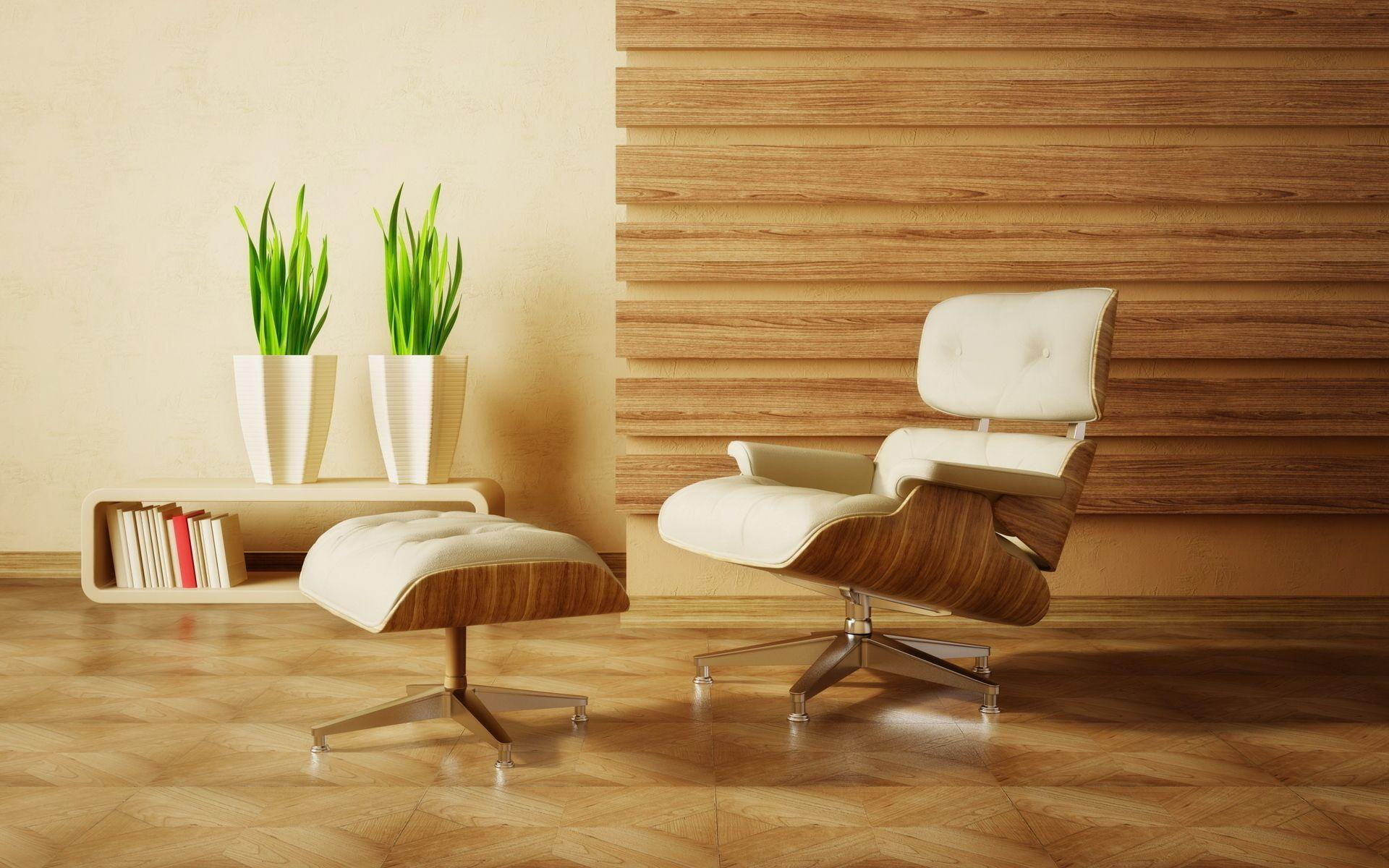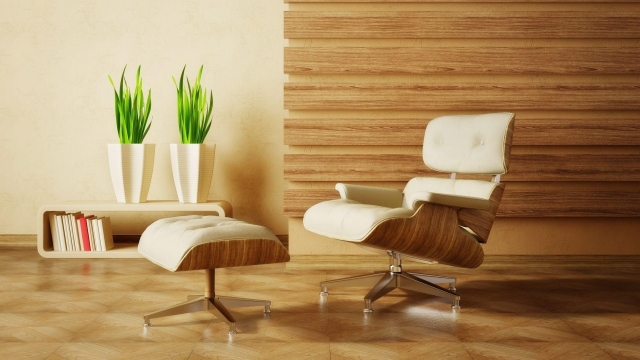Architecture and interior design are two realms that have an undeniable connection, where form meets function and creativity intertwines effortlessly. The fusion of these two distinct yet complementary disciplines creates spaces that evoke emotions and inspire the imagination. Whether it is the grandeur of an imposing structure or the intricate details within a cozy living room, architecture and interior design work in harmony to shape our physical environment and enhance our lives.
Architecture, with its focus on the structural and spatial aspects of a building, lays the foundation for creating captivating spaces. Designing with a deep understanding of the surrounding environment, physical constraints, and cultural context, architects craft visually stunning structures that stand the test of time. Their visionary concepts bring to life the dreams and aspirations of individuals and communities alike, providing shelter, connectivity, and a sense of belonging.
Once the bones of a building have been established, interior design steps in to transform these spaces into personalized sanctuaries. With a keen eye for aesthetics and functionality, interior designers are masters of ambiance, allocating attention to every minute detail. They skillfully choose elements such as color palettes, furniture, lighting, and materials to enhance the architectural features and create a harmonious atmosphere. Their expertise in spatial planning ensures optimal flow and efficient use of space, making every nook and cranny serve a purpose.
The fusion of architecture and interior design becomes a powerful collaboration, transcending their individual abilities to create spaces that tell stories, evoke emotions, and fulfill desires. The seamless integration of architectural elements and interior design choices enables the realization of a holistic vision, where beauty, functionality, and purpose coexist. From breathtaking skyscrapers to cozy homes, this fusion embodies the art of transforming spaces into places that resonate with the soul, inviting us to live, dream, and build a better tomorrow.
The Role of Architecture in Interior Design
Architects play a crucial role in shaping interior design. They lay the foundation and framework upon which the entire design process is built. Architects carefully consider the functionality, structural integrity, and aesthetic appeal of a space before it is handed over to interior designers. By creating the blueprint for a building or space, architects provide the canvas on which interior designers can work their magic.
The architectural design of a space sets the stage for all interior design decisions. It determines the layout of rooms, the flow of movement, and the overall spatial arrangement. Architects must take into account various factors such as building codes, safety regulations, and the client’s specific needs and preferences. This thoughtful planning ensures that the interior design can seamlessly integrate with the architectural elements and create a harmonious and functional space.
Moreover, architects also consider the exterior design of a building, which can greatly impact the interior design. The architectural style, materials used, and the overall aesthetic of the building exterior often influence the selection of interior design elements. For instance, a modern and minimalist building may call for sleek and contemporary interior design choices, whereas a traditional or historical building may inspire more ornate and classic interior design features.
In addition to providing the foundation for interior design, architects collaborate closely with interior designers throughout the design process. They communicate and exchange ideas to ensure that the overall vision and functionality align. This collaboration helps in coordinating the architectural features, such as lighting, ventilation, and structural elements, with the interior design elements, such as furniture, color schemes, and materials. The seamless integration of architecture and interior design leads to spaces that are not only visually stunning but also practical and well-suited to the needs of the occupants.
The Synergy Between Architecture and Interior Design
Architecture and interior design are two creative fields that often collaborate to bring dreams to life. The synergy between these disciplines is undeniable, as they work together harmoniously to create spaces that are not only visually appealing but also highly functional.

At its core, architecture focuses on the design and construction of buildings. Architects meticulously consider factors such as structure, materials, and environmental sustainability to create spaces that are not only aesthetically pleasing but also serve the needs of the inhabitants. On the other hand, interior design is concerned with the overall atmosphere and functionality of the interior spaces. It is the art of arranging furniture, selecting color schemes, and adding accessories that enhance the user’s experience within a building.
When architecture and interior design merge, something magical happens. The collaboration between architects and interior designers leads to a holistic approach to spaces, where every aspect is carefully considered. The structure of a building, its layout, and even the positioning of windows and doors, all play a role in shaping the interior design possibilities. Conversely, interior designers rely on the architectural framework to determine the best way to utilize and enhance the available space.
The fusion of architecture and interior design opens up a world of possibilities for creating unique and inspiring environments. Whether it’s a cozy home, a contemporary office, or a grand hotel, the collaboration between these disciplines ensures that every element is meticulously planned and executed. Together, architects and interior designers bring dreams to life by creating spaces that not only meet functional requirements but also evoke emotions and leave a lasting impression on those who experience them.
In conclusion, the synergy between architecture and interior design is a powerful force that transforms ordinary spaces into extraordinary ones. The collaboration between these disciplines allows for a comprehensive approach to design, where the exterior and interior seamlessly blend together. By working hand in hand, architects and interior designers have the ability to create spaces that not only fulfill practical needs but also inspire and captivate the human spirit.
Key Considerations for Successful Integration of Architecture and Interior Design
When it comes to the successful integration of architecture and interior design, there are a few key considerations that must be taken into account. These considerations help ensure that both aspects work seamlessly together to create a harmonious and functional space.
Firstly, communication between architects and interior designers is essential. Open and frequent communication allows for a deeper understanding of each other’s vision and goals. By sharing ideas, discussing challenges, and collaborating closely throughout the design process, architects and interior designers can overcome obstacles and find innovative solutions that enhance the overall design.
Secondly, a clear understanding of functionality is crucial in achieving a successful integration. Architects must consider how the structure, layout, and flow of the building will impact the interior design. On the other hand, interior designers must understand the architectural elements and constraints to ensure their designs align with the overall vision. By working together, they can optimize both aesthetics and usability for a space that not only looks beautiful but also functions effectively.
Lastly, attention to detail is paramount in the integration of architecture and interior design. Small nuances, such as material choices, lighting, and finishes, can have a significant impact on the overall atmosphere and ambiance of a space. Both architects and interior designers must pay meticulous attention to these details, ensuring that they complement and enhance each other. By carefully considering every aspect, they can create a cohesive and visually stunning environment.
In conclusion, the successful integration of architecture and interior design requires effective communication, a shared understanding of functionality, and a keen eye for detail. By consistently considering these key factors, architects and interior designers can work together harmoniously to bring dreams to life and create spaces that are both visually striking and functionally efficient.
